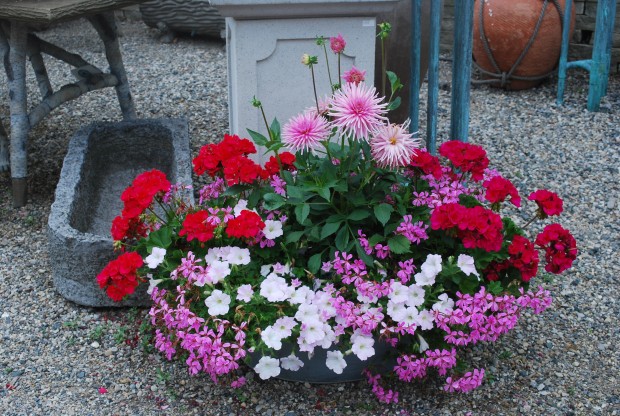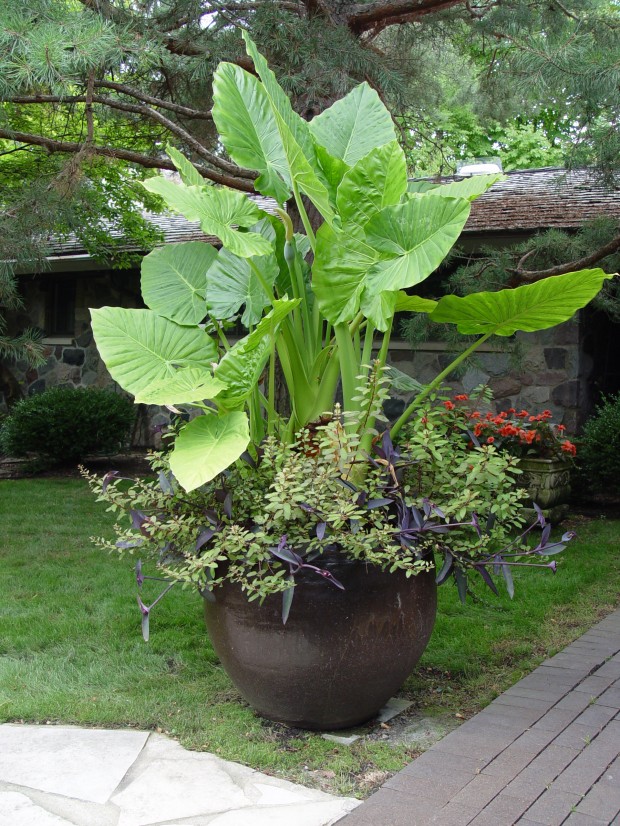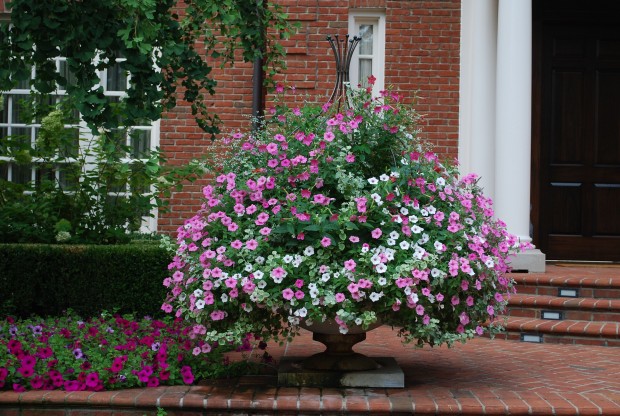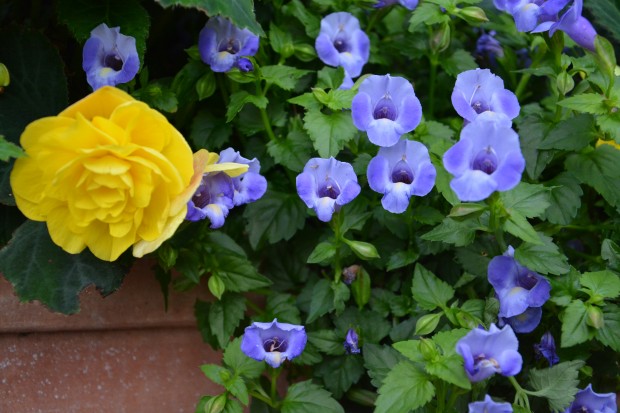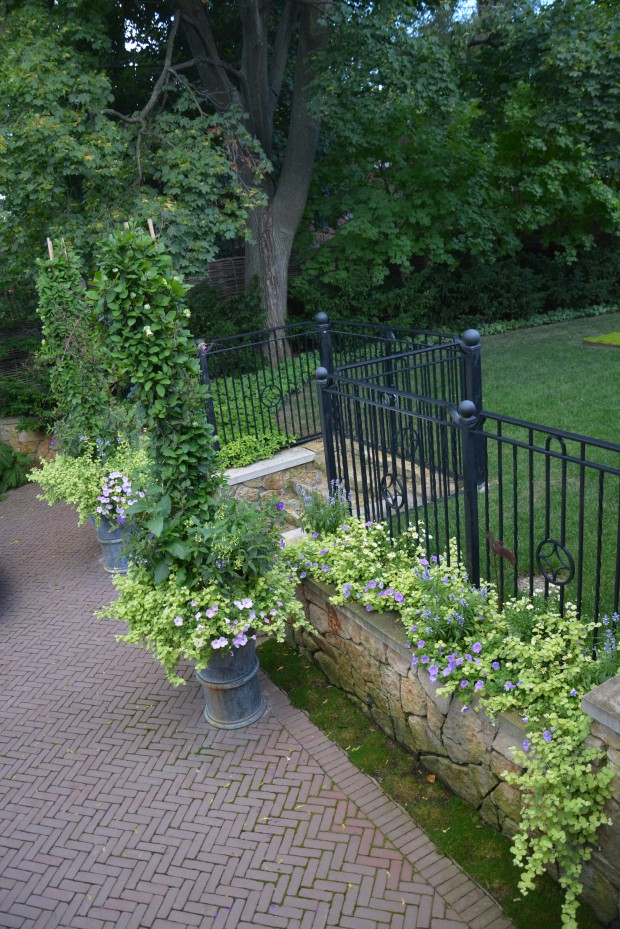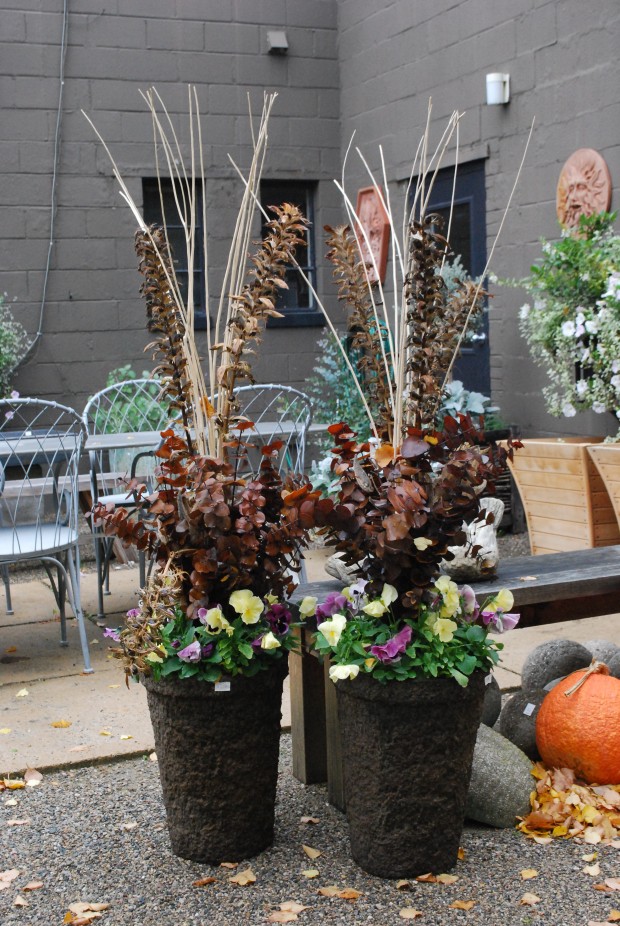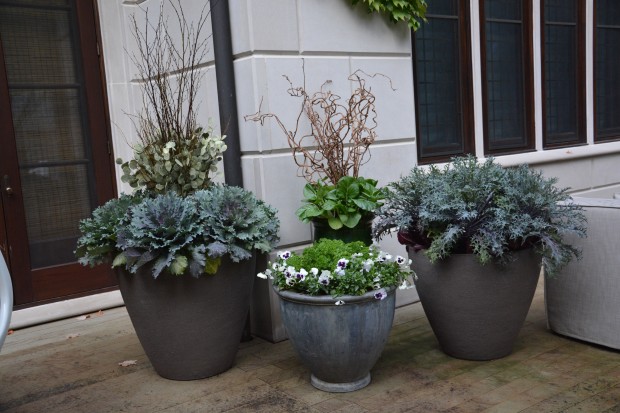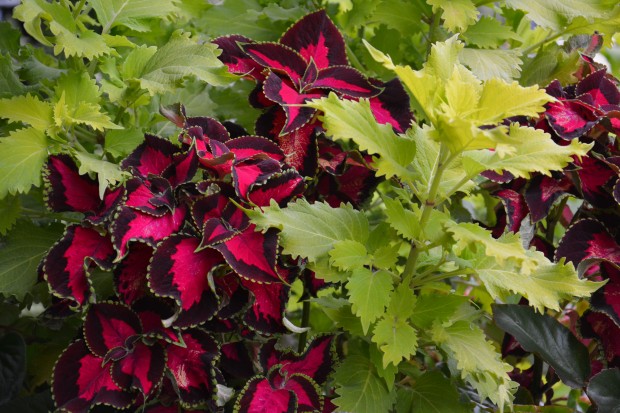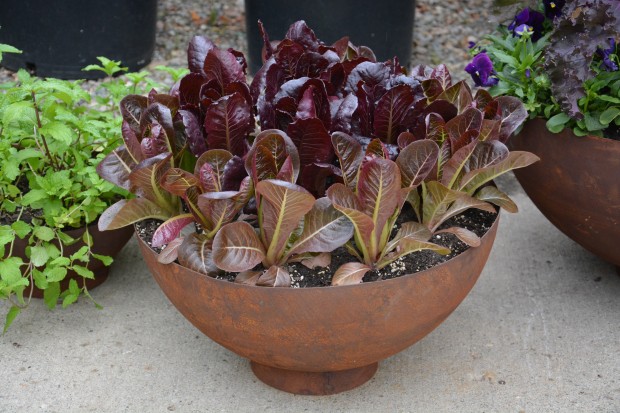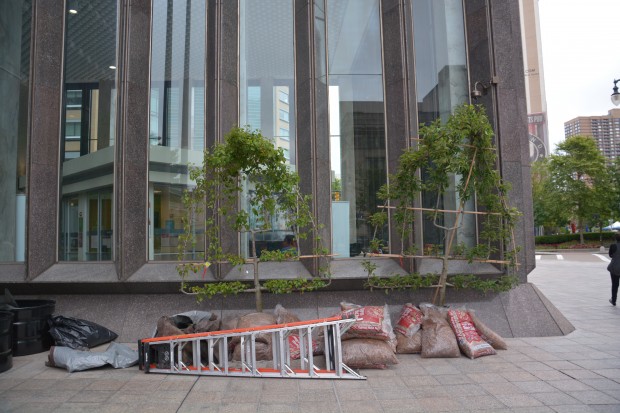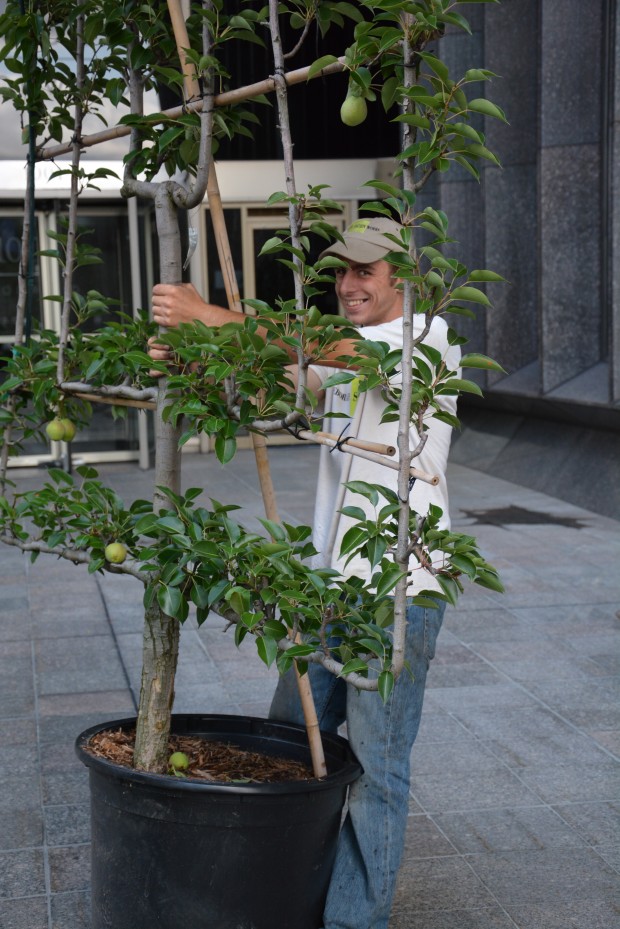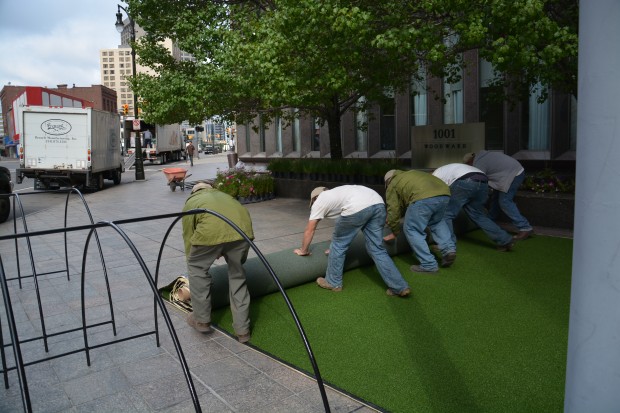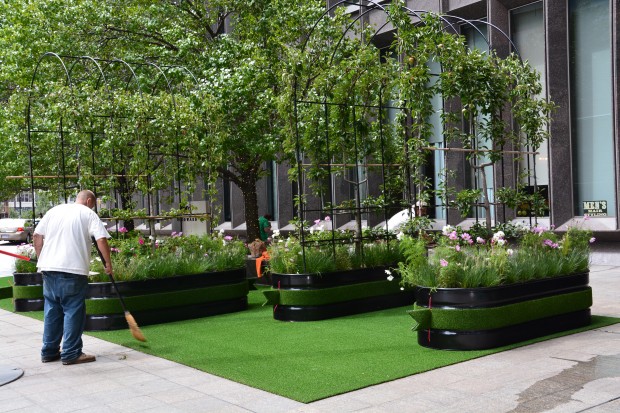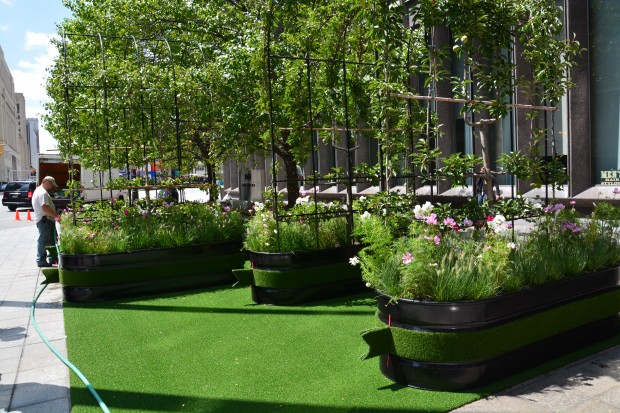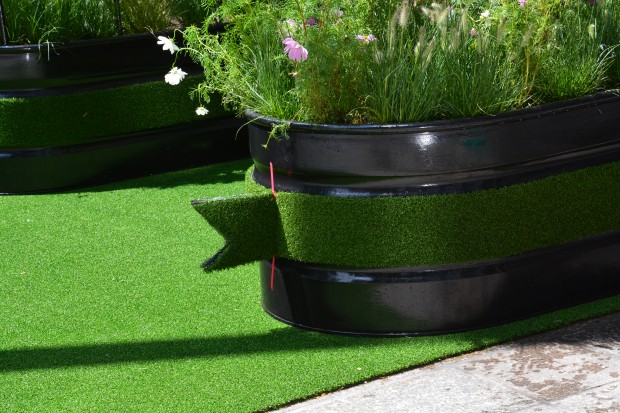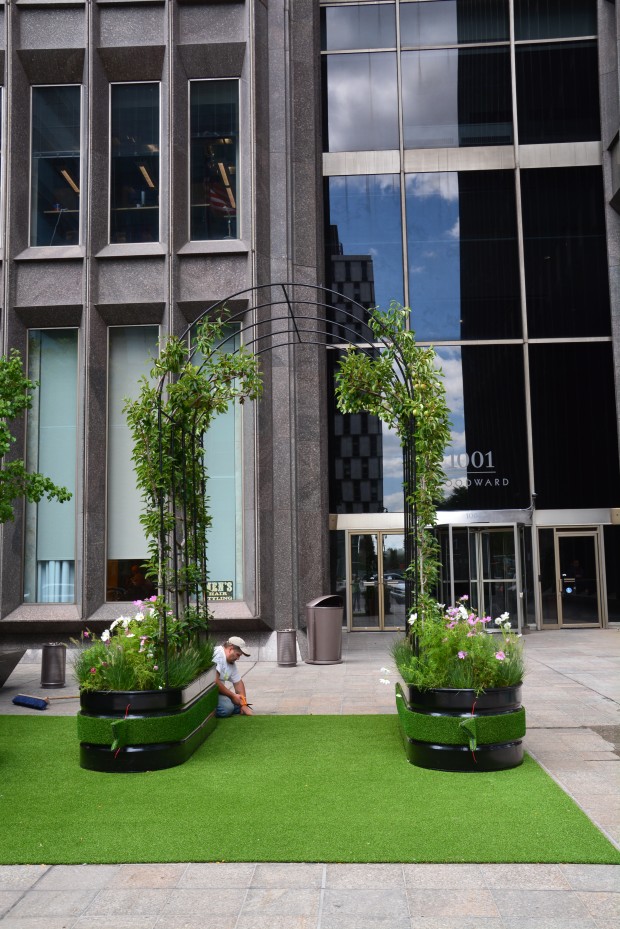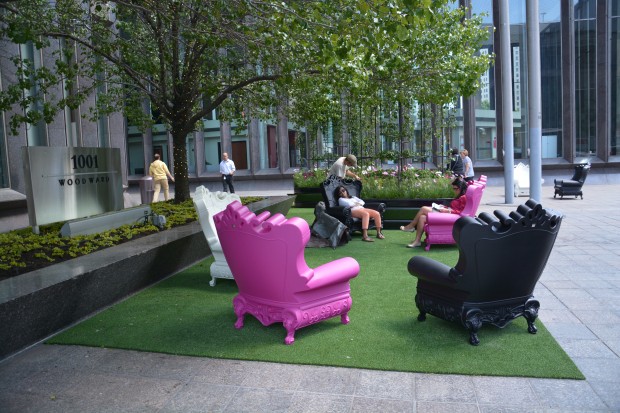 Though we have had some very warm weather lately, our the fall gardening season has begun. There are telltale signs. Shorter days, a decidedly cooler quality of light, and the the chilly mornings are all signs that summer is coming to a close. But the end of summer is by no means the end of the garden. The abundance that results in the harvest season is one of fall’s great pleasures.
Though we have had some very warm weather lately, our the fall gardening season has begun. There are telltale signs. Shorter days, a decidedly cooler quality of light, and the the chilly mornings are all signs that summer is coming to a close. But the end of summer is by no means the end of the garden. The abundance that results in the harvest season is one of fall’s great pleasures.
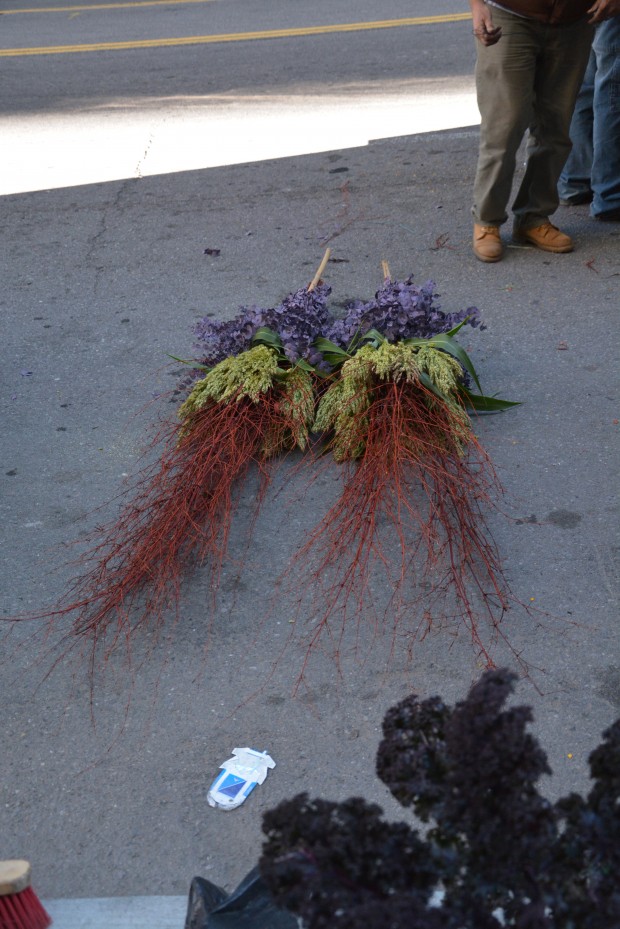 The grasses are maturing. Our farmer’s market is overflowing with squashes, greens of all kinds, pumpkins, cabbage and broccoli, gourds and tomatoes. Many vegetables need our entire season to mature. Locally grown fruit of all kinds-especially apples-are available at market. Similarly, there are lots of beautiful materials available to the avid container gardener. I like for the fall containers we do to have a generous and abundant quality to them. A fall centerpiece for a container is usually comprised of harvested goods. Millet, dry twigs, broom corn, eucalyptus, milkweed pods and dried perennial stems are all natural materials in a harvested state.
The grasses are maturing. Our farmer’s market is overflowing with squashes, greens of all kinds, pumpkins, cabbage and broccoli, gourds and tomatoes. Many vegetables need our entire season to mature. Locally grown fruit of all kinds-especially apples-are available at market. Similarly, there are lots of beautiful materials available to the avid container gardener. I like for the fall containers we do to have a generous and abundant quality to them. A fall centerpiece for a container is usually comprised of harvested goods. Millet, dry twigs, broom corn, eucalyptus, milkweed pods and dried perennial stems are all natural materials in a harvested state.
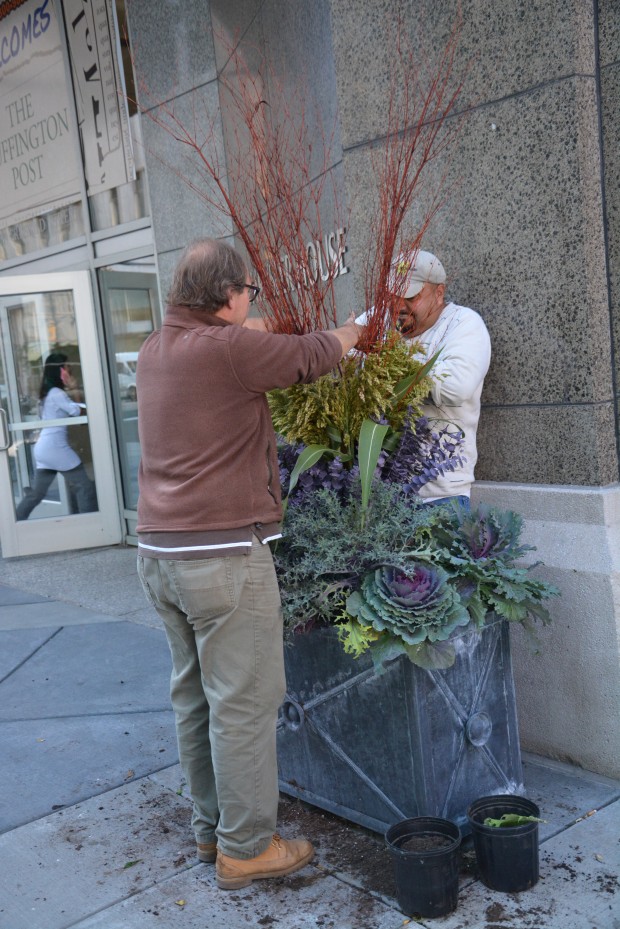 When the temperatures begin to drop, there is not so much growing going on. We rely on large material to give containers the scale they need right from the start. The centerpieces have large stout bamboo stakes at their center. These stakes go deep into the soil, keeping a big heavy centerpiece not only aloft, but straight up and down.
When the temperatures begin to drop, there is not so much growing going on. We rely on large material to give containers the scale they need right from the start. The centerpieces have large stout bamboo stakes at their center. These stakes go deep into the soil, keeping a big heavy centerpiece not only aloft, but straight up and down.
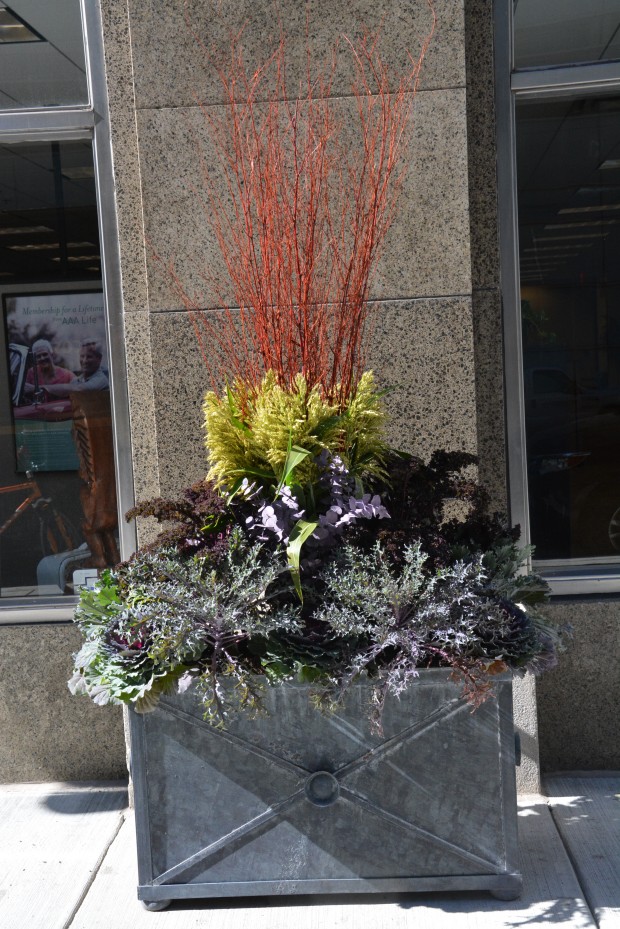 The cabbages and kale are the mainstays of our fall plantings. We are indeed fortunate to have growers that supply them in one gallon pots this time of year. A container this size represented in a generous way makes a visually pleasing statement.
The cabbages and kale are the mainstays of our fall plantings. We are indeed fortunate to have growers that supply them in one gallon pots this time of year. A container this size represented in a generous way makes a visually pleasing statement.
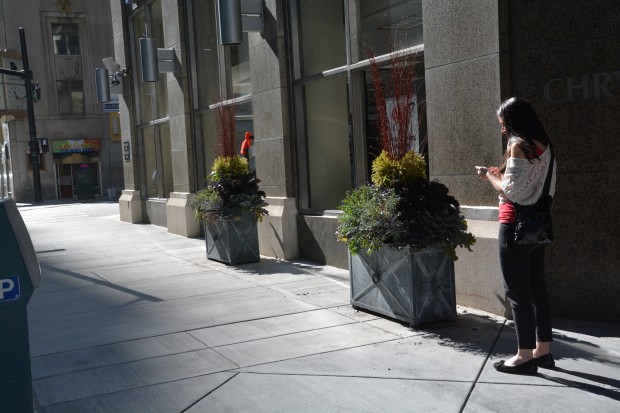 This material will persist and look good long into the fall. The cabbage and kale will shrug off the frosts in November as if they were nothing more than an annoyance. The dry and preserved material is very happy outdoors in cool weather with great air circulation. All it takes is a willingness to scoop up what materials are available that interest you, and make something of them.
This material will persist and look good long into the fall. The cabbage and kale will shrug off the frosts in November as if they were nothing more than an annoyance. The dry and preserved material is very happy outdoors in cool weather with great air circulation. All it takes is a willingness to scoop up what materials are available that interest you, and make something of them.
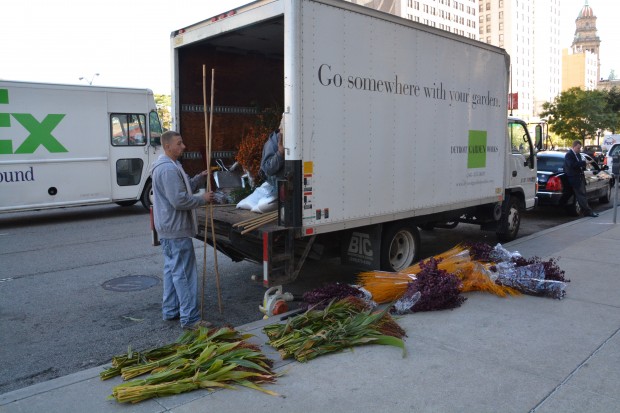 This Friday past we planted 24 pots in downtown Detroit-we will finish up the last 7 on Monday. Assembling the materials for a planting takes a lot of time and planning, especially if the pots are large. My group has worked together long enough to have established a working routine.
This Friday past we planted 24 pots in downtown Detroit-we will finish up the last 7 on Monday. Assembling the materials for a planting takes a lot of time and planning, especially if the pots are large. My group has worked together long enough to have established a working routine.
 Ahead of the planting, the pots need to be designed. Once I put that on paper, Steve will coordinate the installation. Everyone has a job such that the work can be completed with dispatch. All of the summer material needs to be removed and put on the truck; that material will be added to our compost piles. The new material is sorted, and distributed where it needs to go. Assembling centerpieces on site take 2 pair of hands. We try to clean up as we go, to keep the mess at a minimum.
Ahead of the planting, the pots need to be designed. Once I put that on paper, Steve will coordinate the installation. Everyone has a job such that the work can be completed with dispatch. All of the summer material needs to be removed and put on the truck; that material will be added to our compost piles. The new material is sorted, and distributed where it needs to go. Assembling centerpieces on site take 2 pair of hands. We try to clean up as we go, to keep the mess at a minimum.
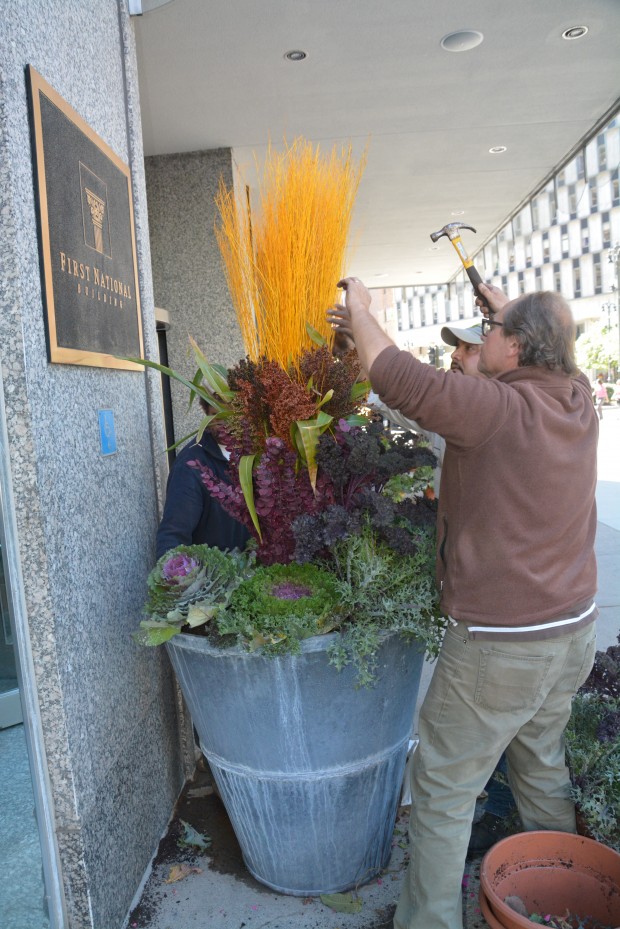 The centerpiece goes in last, and is firmly secured. The construction of fall pots is entirely unlike planting pots for summer, and more like planting pots for winter. There is more arranging going on than growing.
The centerpiece goes in last, and is firmly secured. The construction of fall pots is entirely unlike planting pots for summer, and more like planting pots for winter. There is more arranging going on than growing.
 Bittersweet stems are zip tied to bamboo stakes, and set in the pot at the very last. Bittersweet is not a plant I would want in my garden-it is highly invasive. However the dried stems and berries are very durable and beautiful outdoors in fall pots.
Bittersweet stems are zip tied to bamboo stakes, and set in the pot at the very last. Bittersweet is not a plant I would want in my garden-it is highly invasive. However the dried stems and berries are very durable and beautiful outdoors in fall pots.
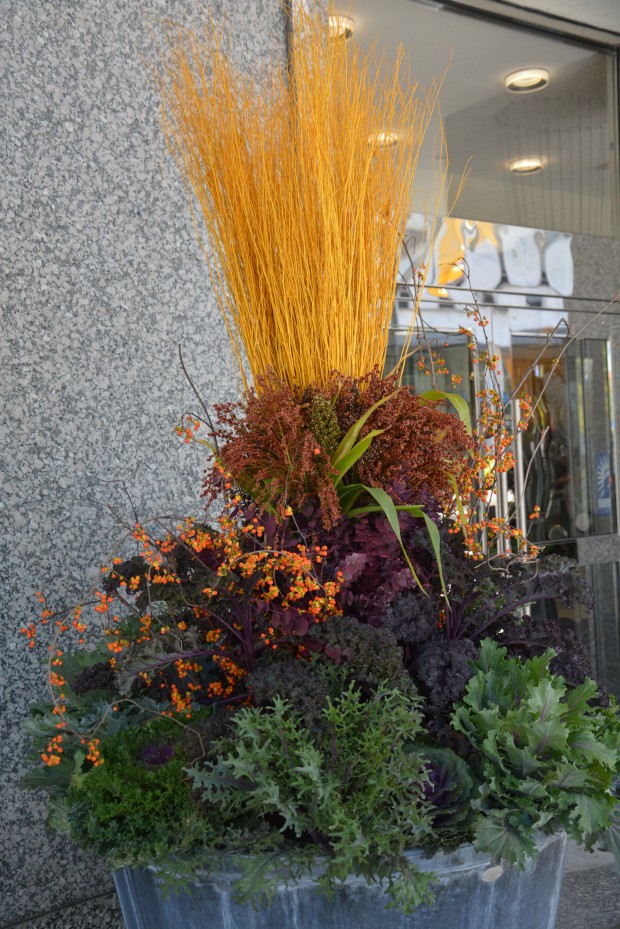 The dried and dyed yellow twigs provide lots of color at a time of year when color is at a premium. Preserved eucalyptus is another great source of color. The plum eucalyptus in this arrangement is subtle, but it picks up the dark carmine pink of the cabbage and kale.
The dried and dyed yellow twigs provide lots of color at a time of year when color is at a premium. Preserved eucalyptus is another great source of color. The plum eucalyptus in this arrangement is subtle, but it picks up the dark carmine pink of the cabbage and kale.
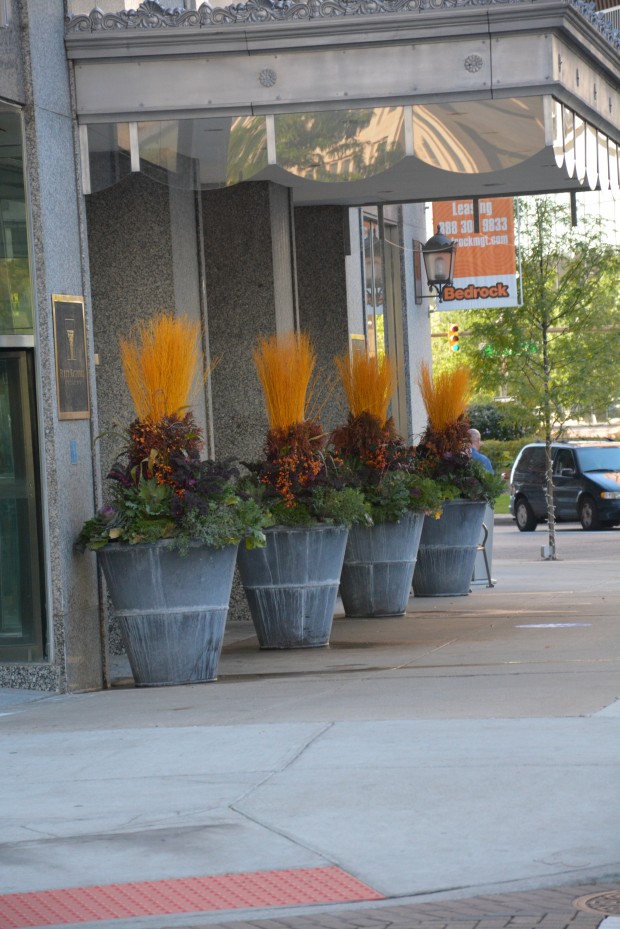 I like fall represented as a celebration.
I like fall represented as a celebration.
Pansies and violas are great in small pots, or as a accent in a large pots. These bowls are 6 feet in diameter, and take a lot of material. The contemporary shape benefits from the repetition of materials. Each of the 11 pots we planted for fall has the same overall design, but features different and alternating materials.
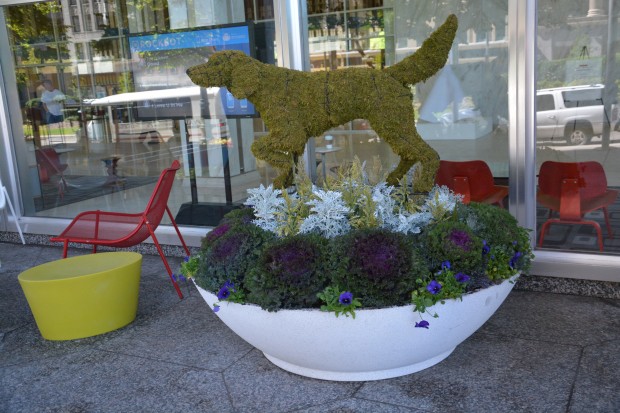 The fall planting for all of the dogs at Chase Tower have a center of dusty miller and cut green millet. The silver and light green help the dark moss sculptures to stand out. The pots are located under a very high overhang, so they are always in the shade. The cabbage and kale will tolerate this for the several months they will be planted here.
The fall planting for all of the dogs at Chase Tower have a center of dusty miller and cut green millet. The silver and light green help the dark moss sculptures to stand out. The pots are located under a very high overhang, so they are always in the shade. The cabbage and kale will tolerate this for the several months they will be planted here.
 The moss dogs add so much visual interest, and they can be retained season after season. The moss can be be sprayed with moss food coloring once it fades. When the time comes that the moss deteriorates, the steel frames can be re stuffed.
The moss dogs add so much visual interest, and they can be retained season after season. The moss can be be sprayed with moss food coloring once it fades. When the time comes that the moss deteriorates, the steel frames can be re stuffed.
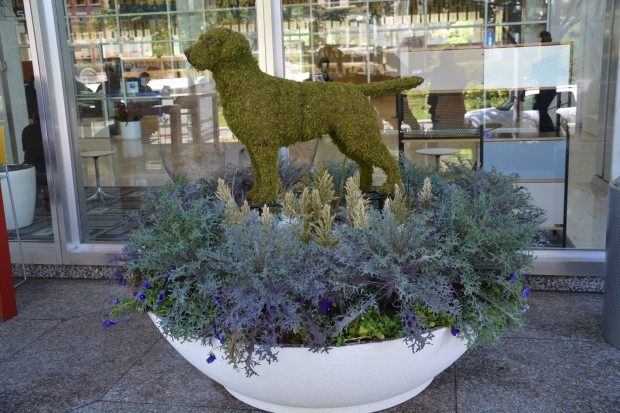 Thre dogs themselves are welded onto steel posts that are 30″ tall. This keeps the sculptures above the top of the plant material.
Thre dogs themselves are welded onto steel posts that are 30″ tall. This keeps the sculptures above the top of the plant material.
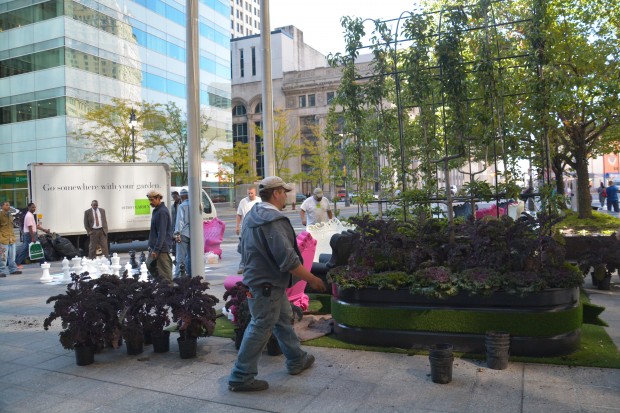 Our last stop-the stock tanks at 1001 Woodward. The espalier pear trees will spend the fall season here, and then be moved into storage for the winter. The redbor kale and frilly purple cabbage look great with the black tanks.
Our last stop-the stock tanks at 1001 Woodward. The espalier pear trees will spend the fall season here, and then be moved into storage for the winter. The redbor kale and frilly purple cabbage look great with the black tanks.
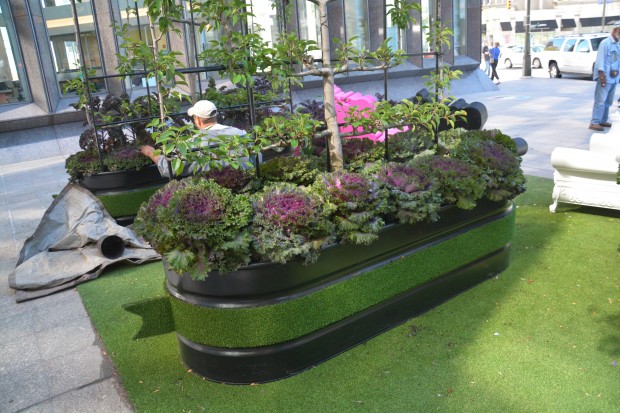
This small urban park is as friendly as it is stylish. The stock tanks are an unexpected choice for containers. The artificial turf is just plain fun. It was a gorgeous day to be downtown planting.

